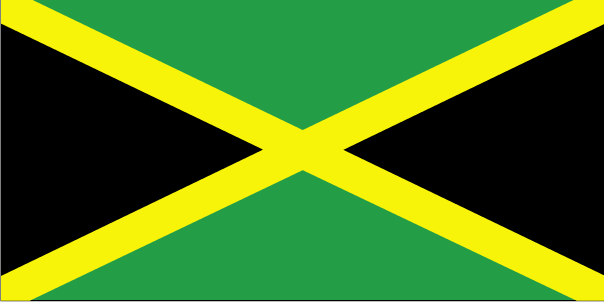Reggae Sunsplash, founded in 1978 to promote a slow summer tourist season in Jamaica, was the first Caribbean music festival to introduce reggae to a global audience. The idea of the festival originated with a group of young entrepreneurs who called themselves Synergy. They were led by Tony Johnson, an urban planning project manager, but also included Ronnie Burke, a record company owner, Don Green, a systems analyst, businesswoman Maxine Walters, and John Wakeling, a radio talk show host. Although only Burke had a background in the music industry, they were all passionate about Jamaican reggae music and believed it had an audience far beyond the island.
In early January 1978 Synergy approached the Jamaican Tourist Board to promote their idea. The Board embraced the concept mainly because it wanted to attract tourists to Jamaica in the summer. Until that point the country’s largest industry, tourism, had revolved around winter destination hotels and resorts. The hope was that a summer music festival would attract people to fill the hotels during the off season.
Soon leading Jamaican musicians such as Bob Marley and Jimmy Cliff embraced the idea and promised to participate. The first concert, an eight day event beginning on June 28, 1978, had as headliners the band Third World, Bob Andy, and Toots and the Maytals. They performed at Jarrett Park in Montego Bay attracting an average daily audience of 16,000.
Word about Reggae Sunsplash began to spread among Jamaican immigrants living in the United States, Canada, and Great Britain. It was also promoted by the disk jockeys and international journalists who had attended the inaugural festival. By the time of the second festival in 1979, over 100 journalists from Japan, Italy, Sweden, West Germany, Spain, the United Kingdom, Canada, and the United States, attended along with a mostly international crowd of about 10,000. They heard Bob Marley, Peter Tosh, Third World, and Burning Spear.
In year three, 1980, the festival was reduced to six days and occurred against a background of political turmoil as Jamaican Prime Minister Michael Manley was ousted by a new Prime Minister, Edward Seaga, who insisted that the show must go on but moved it from Montego Bay to Kingston to protect the visiting tourists.
Reggae Sunsplash continued through the 1980s drawing such internationally famous performers as Stevie Wonder and Deniece Williams from the United States; Maxi Priest and Steel Pulse from Great Britain, and South Africa’s Lucky Dube and Hugh Masekela. Lesser known musicians came from Japan, Israel, Germany, Italy, Brazil, Canada, and several African nations, including Cameroon, Ghana and Ethiopia. Jamaican artists such as Peter Tosh, Third World, and Dennis Brown continued to be the center of entertainment at the festivals.
In 1984 Reggae Sunsplash expanded overseas with a one-day festival staged at the Crystal Palace in London, England, which drew 25,000 and a 1987 performance in Clapham Common Park in London in 1987 which attracted nearly 300,000 fans. In 1985 the Reggae Sunsplash World tour was launched in the USA and Japan and subsequent years its performers visited Canada, Europe, South America, and the Far East. By this point it spawned imitators such as the annual summer Rototom Sunsplash in Benicassim, Spain which in 2013 drew more than 250,000 people.
Montego Bay’s Reggae Sunsplash began to decline in the 1990s. The last concert on Jamaican soil occurred in 1996. During many of its 19 years Reggae Sunsplash was not a financial success. Nonetheless it had provided a needed boost for the local economy and ensured that Reggae music would have a global audience.


